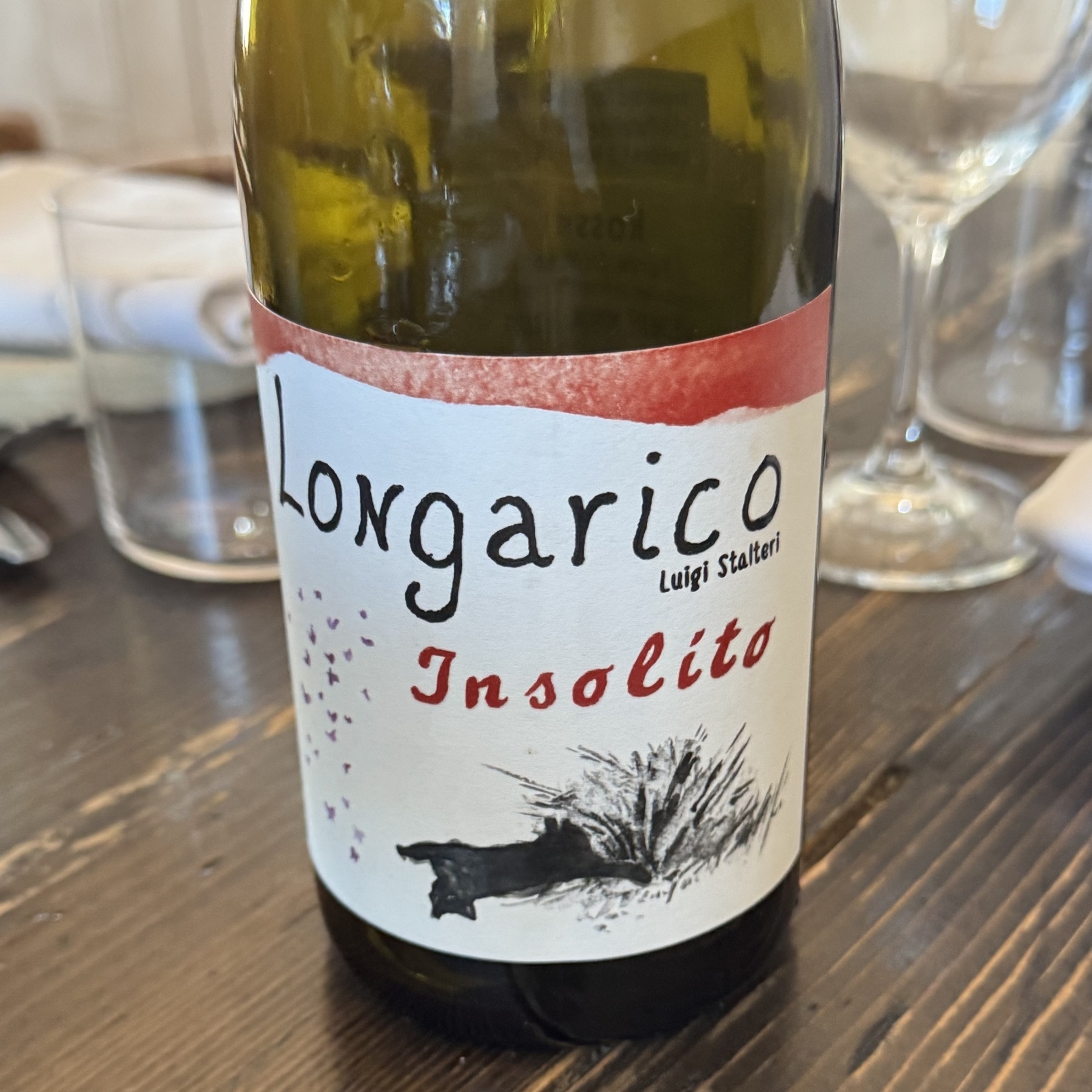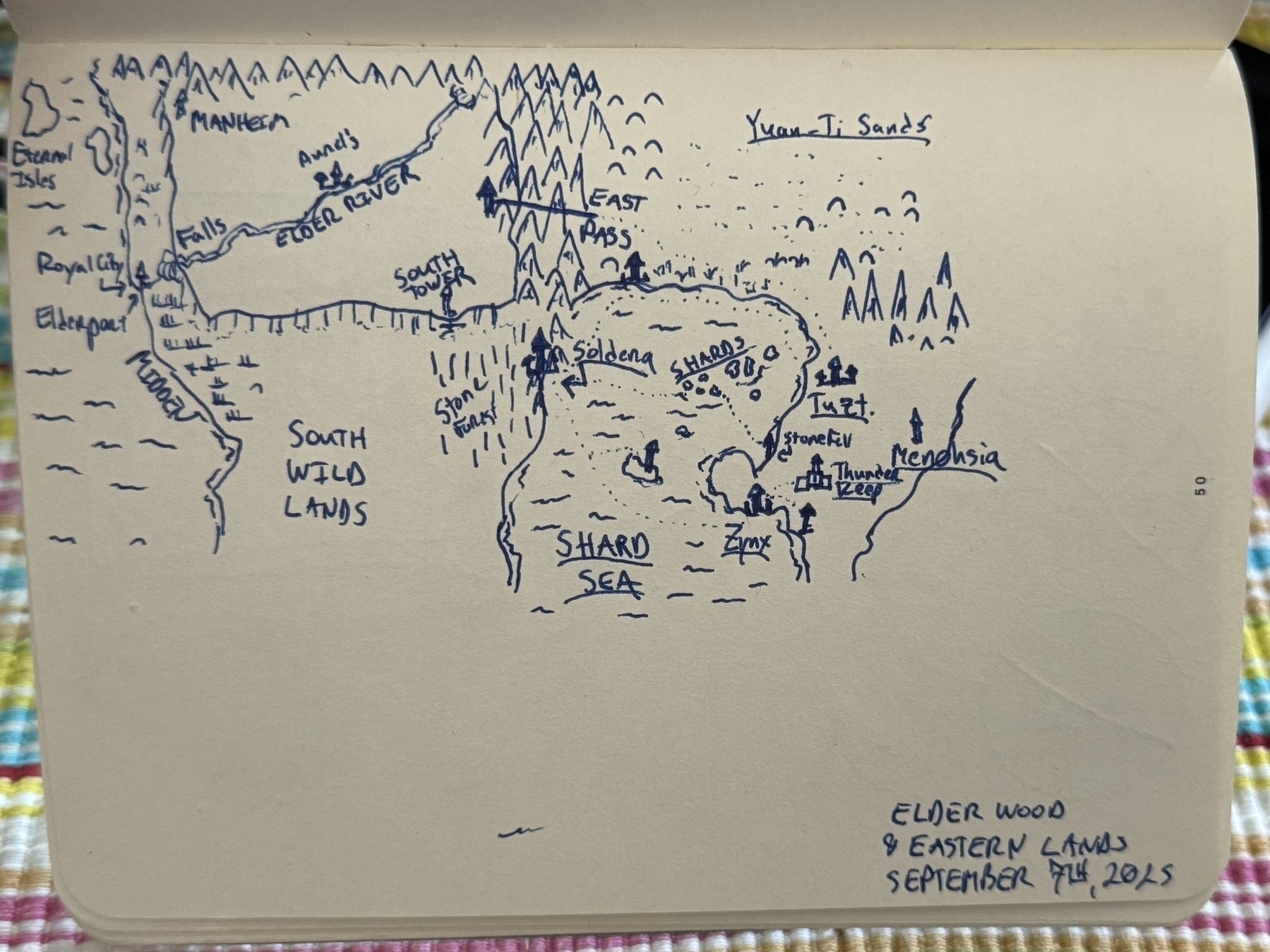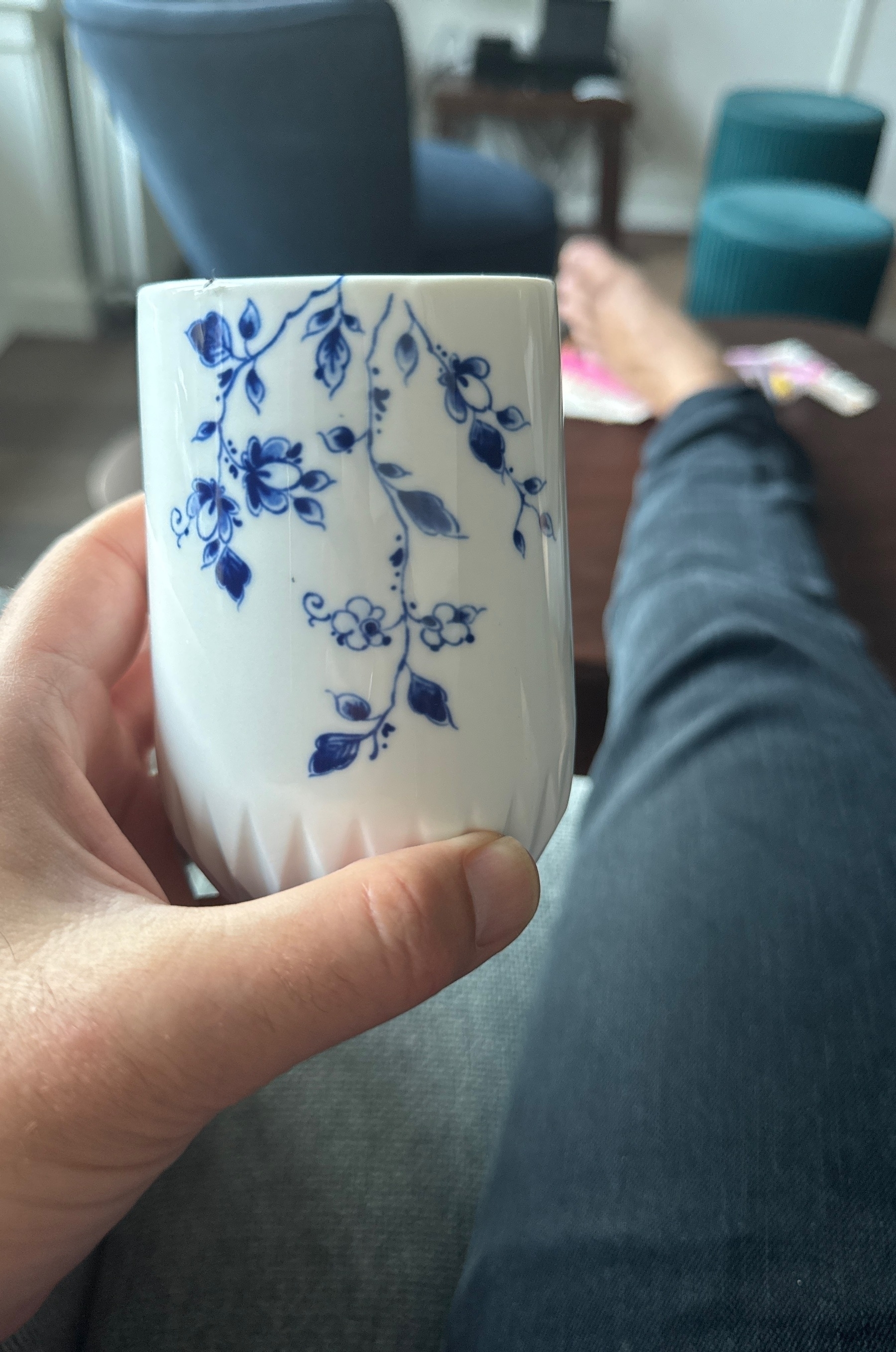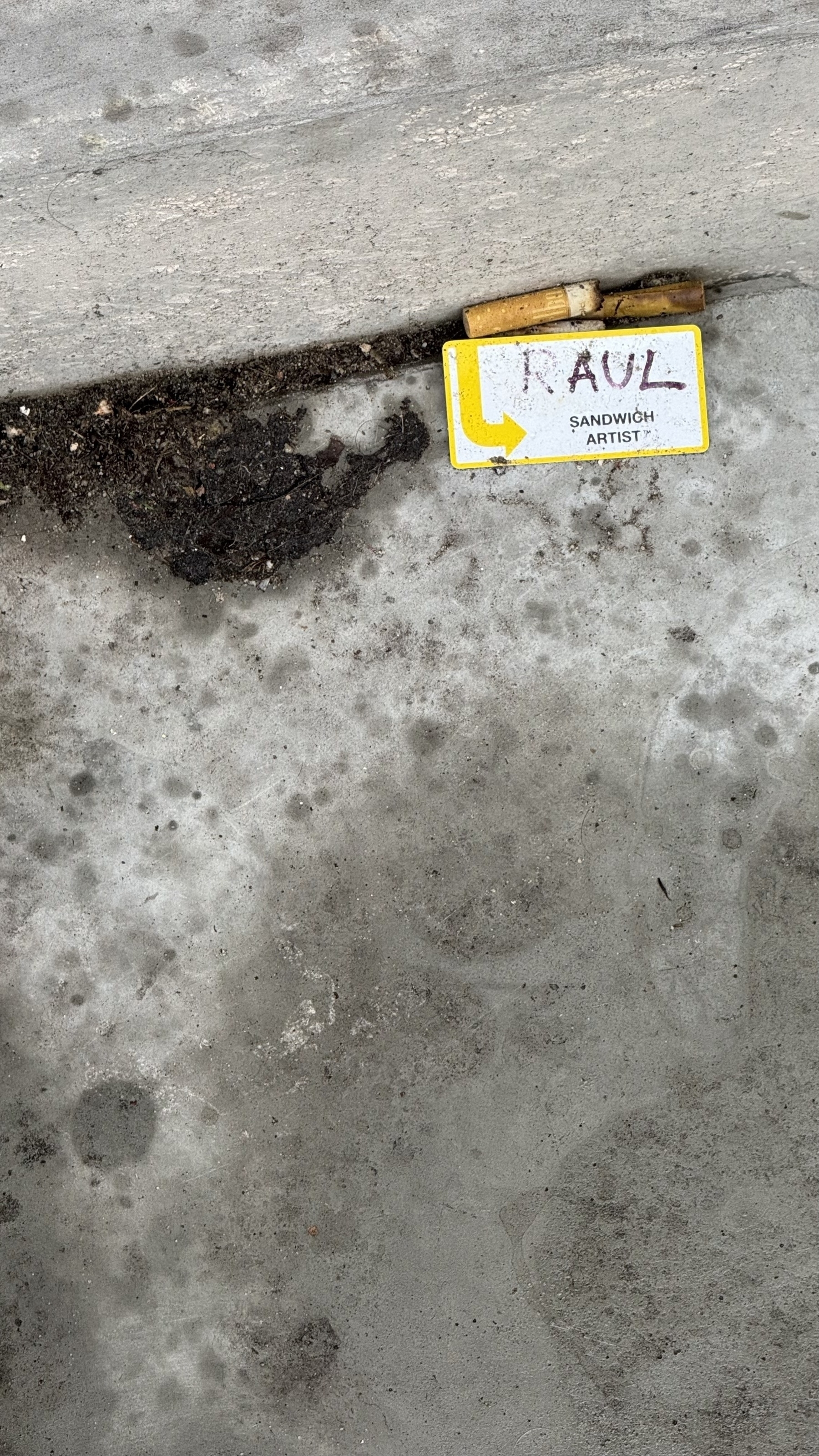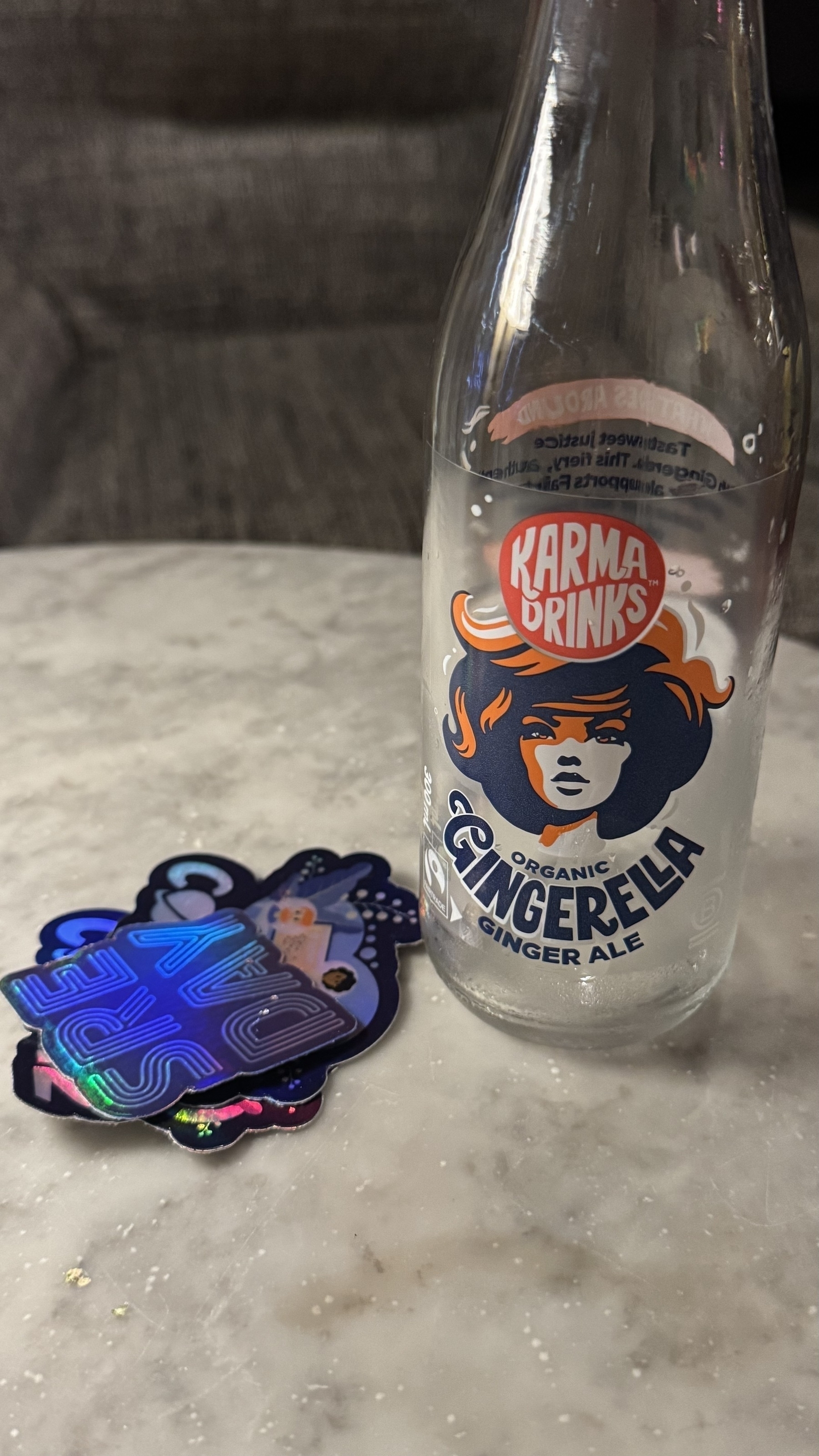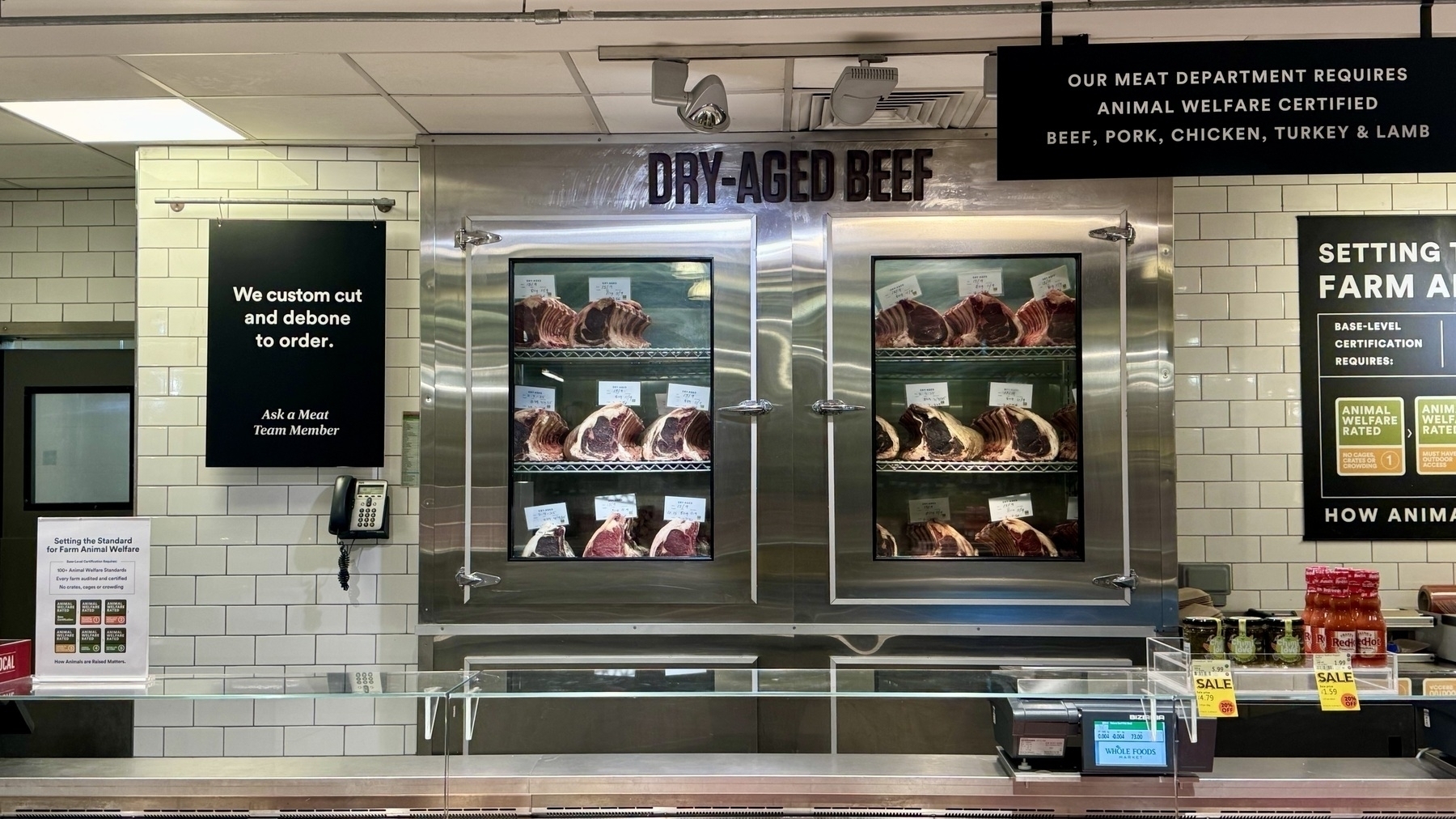Coté
All the photos, now available.
Here is a separate blog for “photo dumping." In the old days of blogging, we had services like Flickr where you could put everything for those who cared. One did not want to fill their regular blog up with a run of odd photos. I remember reading that two friends who rarely saw each other would post photos as a way of talking with each other and sharing what they were up to. When you look at the way that Bruce Sterling and Cory Doctorow use photo dumping, it’s like an ongoing wastebook of things they want to catalog - maybe more a commonplace book, but wastebook sounds cooler. Robert Brook has a much more curated stream of photos. Anyhow, here it is: incomprehensiblemedia.com.
As I update the backlog, I can’t be bothered to set the dates correctly on the photos, so you’ll see some clusters of days that the photos were not actually taken on. And, perhaps soon, some Instagram imports and others.
Lunch with James at Sune. I asked for a wine that tasted like an old Greek man who had not showered for three weeks. This fit the bill.
